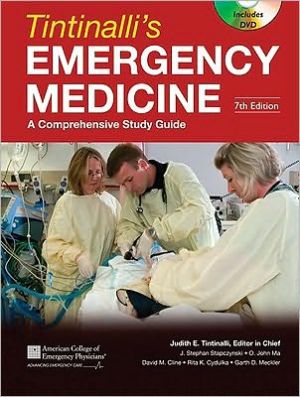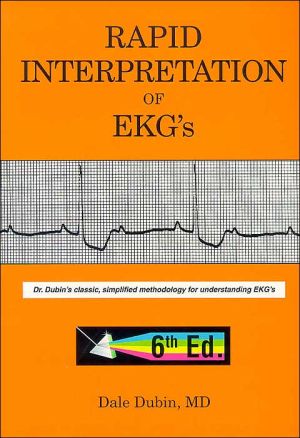DSM-IV-TR Casebook: A Learning Companion to the Diagnostic and Statistical Manual of Mental Disorders, Fourth Edition, Text Revision
Search in google:
Newly updated for DSM-IV-TR, the DSM-IV-TR® Casebook facilitates the transition from the concepts and terminology of DSM-IV-TR to actual clinical situations by providing clinical vignettes for illustration and study. Carefully updated, it helps both students and clinicians visualize DSM-IV-TR disorders through the use of clinical vignettes. Each is followed by a discussion of the DSM-IV-TR differential diagnosis.The DSM-IV-TR® Casebook is highly recommended for clinicians to help them develop a deeper comprehension of all diagnostic categories. Doody Review Services Reviewer:Nasri Jacir, MD(Rush University Medical Center)Description:This book otters a much-needed way of operationalizing the DSM-IV-TR. By detailing accounts of individual patients, the authors bring to life the tedious and quite matter-of-fact organizational quality of the DSM-IV-TR.Purpose:The main purpose is to facilitate differential diagnosis using the DSM-IV-TR. It mainly does that by detailed and specific commentary on individual clinical case accounts. This commentary is included in each case report. The case book also uses the many clinical vignettes to help clinicians in the sometimes-challenging task of multi-axial diagnoses.Audience:Mainly written for students and mental health professionals, this book is probably most useful for the resident clinician and the medical student. I believe that the variety of cases and their detailed historical accounts provides readers with a valuable tool in preparing for standardized examinations that rely heavily on the DSM-IV. For the more experienced clinician, the variety in the book might give direction in areas where the clinician has little experience. Features:The book is well organized in a way that allows the reader to look up cases based on their learning objectives. Two chapters take a developmental approach by looking at adult, adolescent and childhood disorders. One chapter tackles historical cases, while another takes a look at international and cross-cultural issues. The chapter dealing with multi-axial assessment is very helpful because it uses case material in its illustration. The appendixes are also well organized and facilitate learning.Assessment:As a whole, the book is an excellent reference that I believe makes the study of psychiatry using DSM-IV format a little bit less tedious and much more enjoyable. This book is a good learning tool.
AcknowledgmentsIntroduction and How to Use This BookCh. 1Mental Disorders in Adults1Ch. 2Mental Disorders in Children and Adolescents309Ch. 3Cases Illustrating Multiaxial Assessment387Ch. 4International Cases419Ch. 5Historical Cases479App. A: Index of Case Names543App. B: Cases by Special Interest547App. CDSM-IV-TR Classification549App. DIndex of Cases by DSM-IV-TR Diagnosis563








